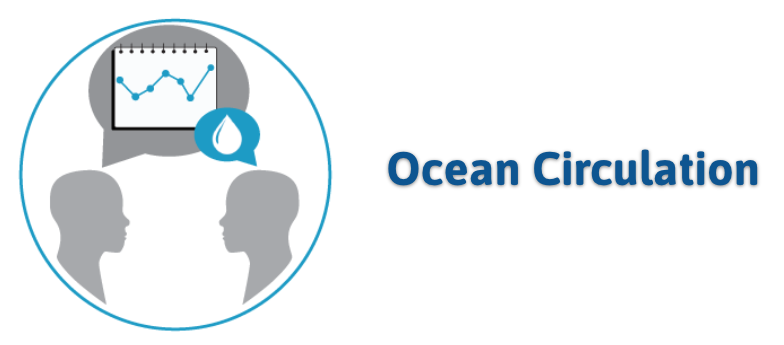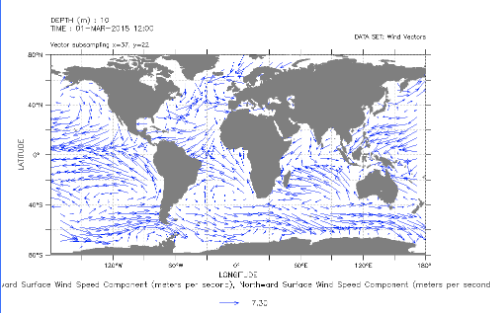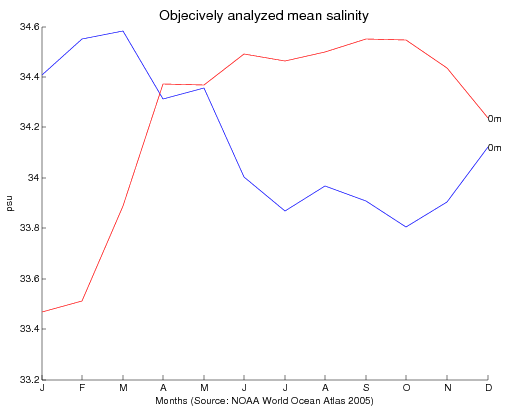Scientifically-Interesting Stories
Scientifically-Interesting Story of Ocean Circulation

Are you looking for a storyline to use with your students that features NASA data? Consider using the following resources in your classroom today!
Use these resources with your students to show how warm, poleward ocean currents keep locations warm. This storyline evidences how locations from 60W to 20E longitude are kept above freezing and snow/ice-free because of the presence of warmer ocean water.
Complementary Mini Lessons
-
Grade Level: 6-8
Comparing Winds & Surface Ocean Currents
-
Grade Level: 6-8
Tracking Monthly Salinity Changes in Our Ocean


Interactive Files
Document Resources
Sphere(s)
- Hydrosphere
- Earth as a System
Grade Band
- 6-8
- 9-12
Supported NGSS Performance Expectations
- 4-ESS2-2: Analyze and interpret data from maps to describe patterns of Earth’s features.
- 5-ESS2-1: Develop a model using an example to describe ways the geosphere, biosphere, hydrosphere, and/or atmosphere interact.
- MS-ESS2-1: Develop a model to describe the cycling of Earth's materials and the flow of energy that drives this process.
- MS-ESS2-4: Develop a model to describe the cycling of water through Earth's systems driven by energy from the Sun and the force of gravity.
- HS-ESS2-1: Develop a model to illustrate how Earth’s internal and surface processes operate at different spatial and temporal scales to form continental and ocean-floor features.
- HS-ESS2-2: Analyze geoscience data to make the claim that one change to Earth's surface can create feedbacks that cause changes to other Earth systems.
- HS-ESS2-3: Develop a model based on evidence of Earth’s interior to describe the cycling of matter by thermal convection.
NGSS Disciplinary Core Ideas
- ESS2A: Earth Materials and Systems
NGSS Science and Engineering Practices
- Developing and Using Models
- Analyzing and Interpreting Data
Crosscutting Concepts
- Cause and Effect



